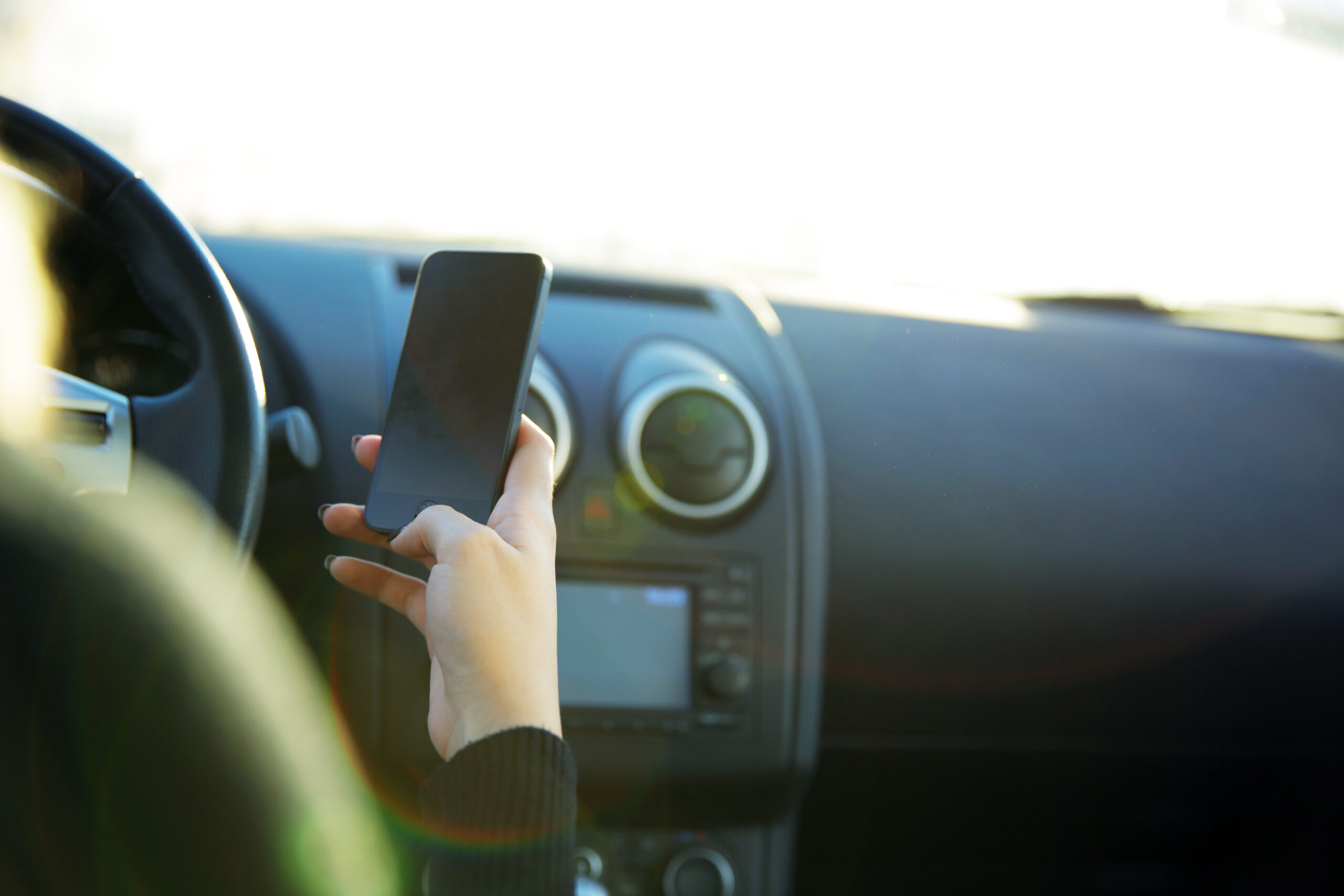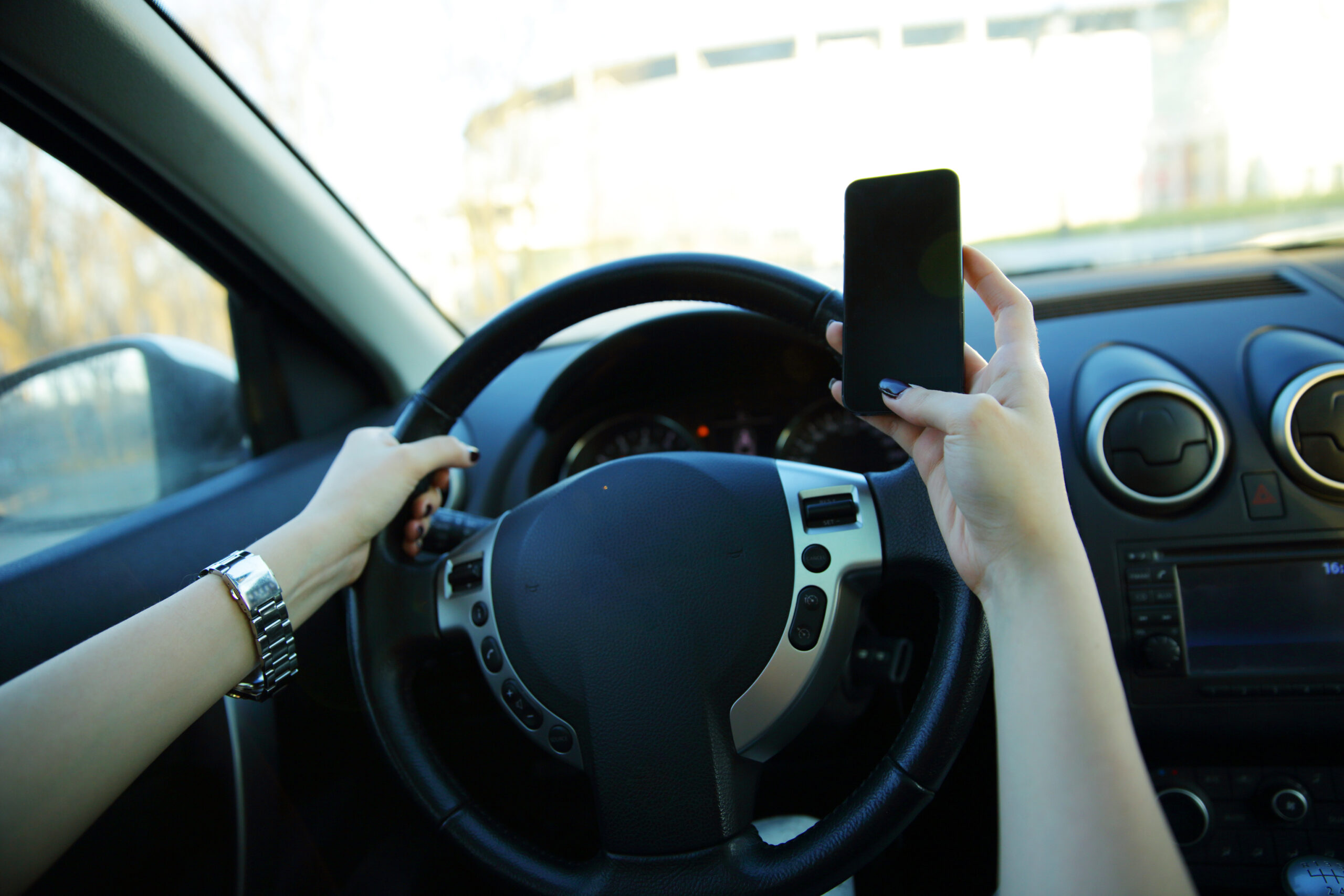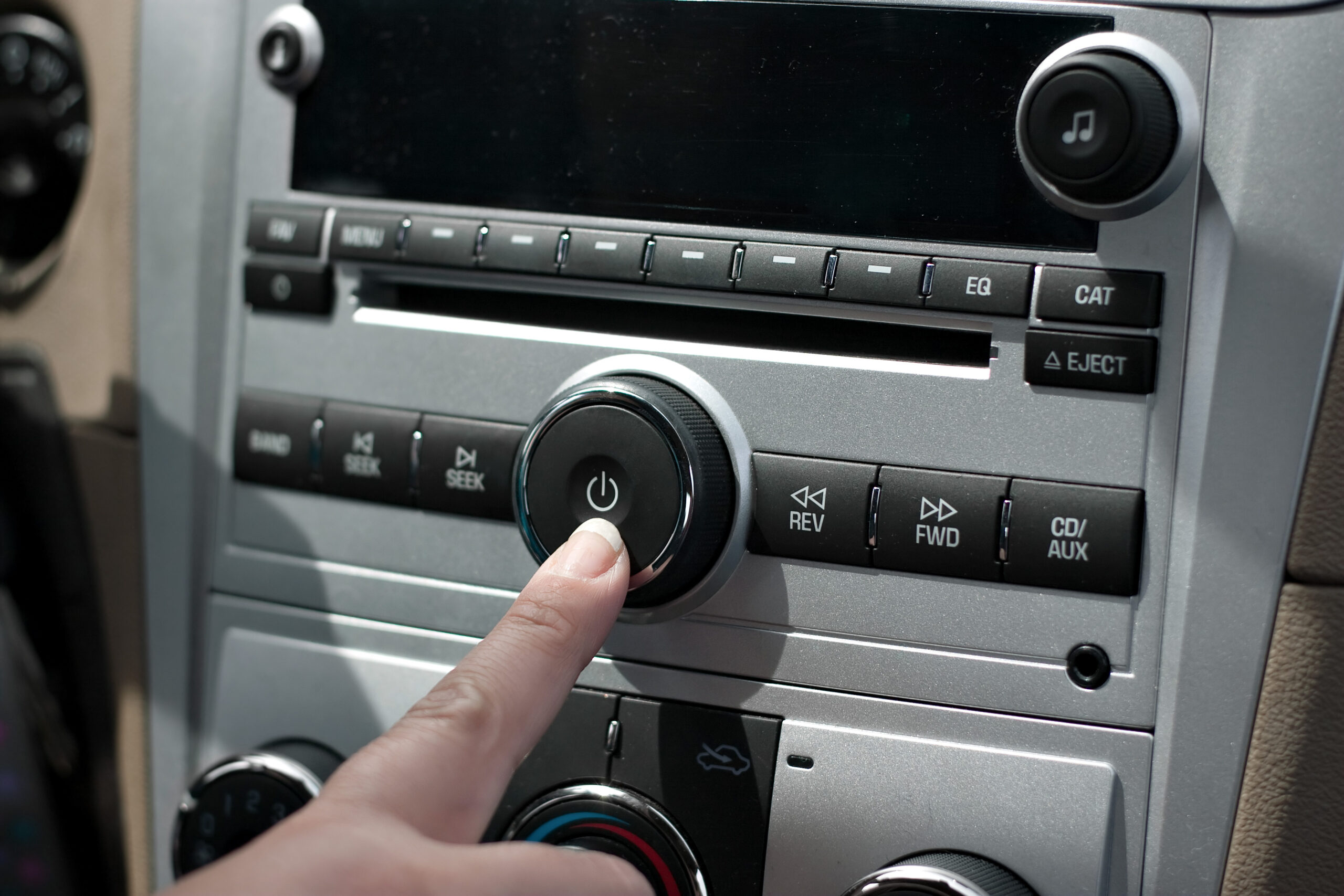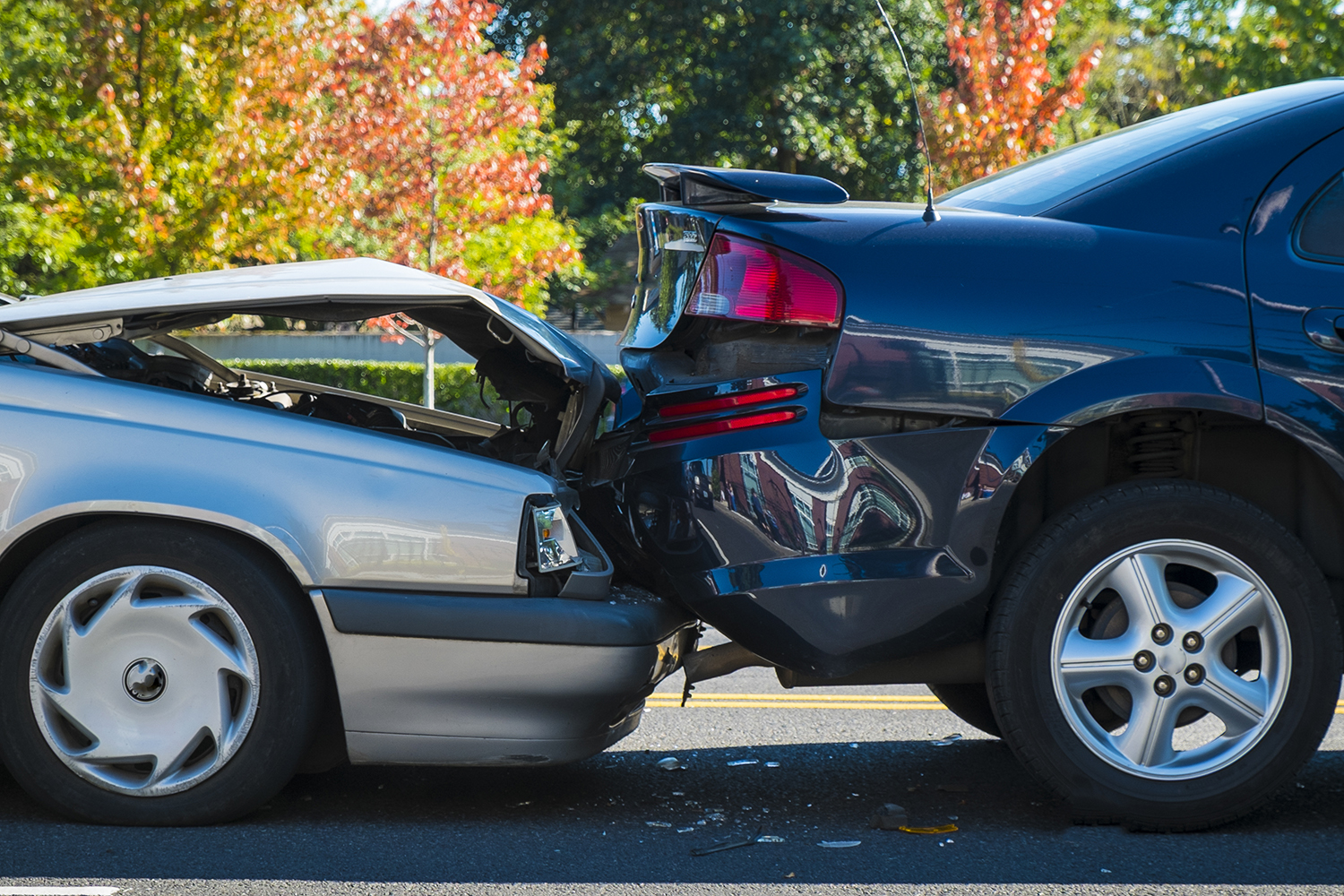Speeding is frequently a factor in deadly car accidents caused by teen drivers. It is important that teens are supervised driving in various weather conditions so they know how to drive at a safe speed for the road conditions.

In addition to looking into these incentives to reduce the cost of teen auto insurance, it’s also vital to have a conversation with your teenager about safe driving.
While your auto insurance costs are important, it’s imperative your teen understands the risk and what they can do to be safe on the road.
We know it can be tough to know how to talk with your teen about auto insurance, so we’ve gathered a list of some of the things we believe are most important to communicate to them.
See the rest of the teen driver guide.
It seems like a no-brainer, and no one likes to think about being in a car accident, but it’s important to be prepared. Make sure your teenager knows research shows seat belts reduce serious crash-related injuries and deaths by about half.

Approximately 40% of teens admit they’ve been a passenger in a car where the driver used a cellphone in a way that put them in danger. You don’t want your teen to be that driver. Make sure they understand even reading a text at a stop sign or stoplight is unsafe. Make sure you’re setting a good example from your texting habits.
It’s not just about texting — using a cellphone quadruples your risk of a car crash. Set ground rules for what is and isn’t acceptable when it comes to using a cellphone in the car. Will you ask your teen to pull over to make and receive phone calls? The decision is up to you — just make sure your teenager is aware of the risk.

15% of teen crashes are the result of distraction due to interacting with passengers in the car. Will you limit the number of passengers your teenager can have in the car at first, while they are still learning to master the basics of driving? If your teen will have passengers, are there realistic guidelines you can set for limiting communication while the car is in motion?

We’re all guilty of getting sidetracked at a stoplight, either because we’re fiddling with the radio, taking in the scenery outside or because we dropped something between the seat and the center console and we think we can find it before the light turns green. Teens develop these same habits — and an alarming 19% of teen crashes are a result of driver distraction due to looking at something inside or outside the vehicle. Remind your teenager that it’s important to keep their eyes on the road.

Picture the stereotypical young person driving with music blaring, belting out their favorite songs. About 8% of teen crashes occur as a result of distraction due to singing or dancing to music in the car. The freedom that comes with a driver’s license makes it tempting to blast music and sing along, but the reality is loud music can get in the way of being in tune with your surroundings. It’s important for your teen to keep the music turned down low — and to reserve the singing for the shower.

For teens in the U.S., car accidents are the leading cause of disability and death. In the U.S., six teens die every day on average due to motor vehicle injuries. To prevent accidents from occurring, encourage your teen to practice safe driving habits and spend plenty of time supervising them when they’re behind the wheel. Supervise your child driving in many different environments so they develop the driving skills needed. Most teen driver accidents are due to:
Speeding is frequently a factor in deadly car accidents caused by teen drivers. It is important that teens are supervised driving in various weather conditions so they know how to drive at a safe speed for the road conditions.
Distracted driving is comparatively as dangerous as impaired driving. Teens may be more likely to get in an accident if using a cellphone or if transporting peers.
Nervous drivers sometimes have tunnel vision and focus entirely on the car ahead of them. However, when driving, it is crucial to scan around your own vehicle for possible dangers like animals or pedestrians. This skill is learned over time, and new drivers may not scan as often as they should.
Additional risk factors include driver inexperience, nighttime driving, not using seat belts, drowsy driving, reckless driving and impaired driving. Set rules that can mitigate these risks, such as instructing your teen to wear their seat belt and limiting peer passengers and nighttime driving.